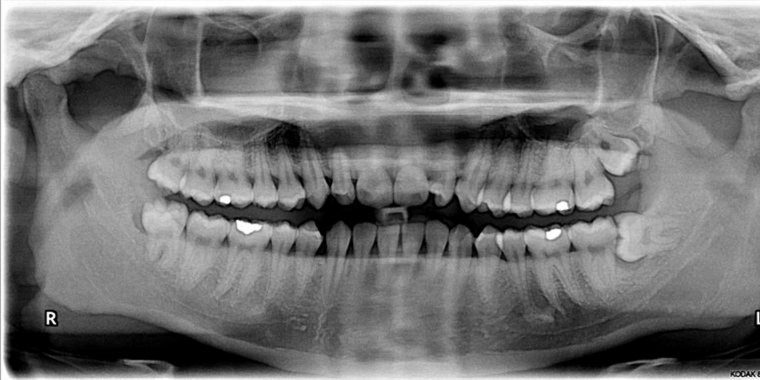| Health / Health News |
New dental tool prototype can spot the acidic conditions that lead to cavities
Dental cavities and gum disease disproportionately affect low-income and rural communities, which often lack access to convenient and affordable dental care. Despite being a preventable disease, tooth decay is the most common chronic disease in children and adolescents.

A new dental prototype uses a low-power light system to find tooth enamel at risk of decay. Photo: Ka-ho Chu
Researchers at the University of Washington have developed a prototype tool that can detect the demineralization of teeth early, before decay sets in.
The tool measures the buildup of acidity and plaque levels that lead to tooth decay and gum disease. The hand-held device can be used in homes or by health workers in schools or rural clinics.
The O-pH prototype is an optical device that emits an LED light and measures the reactions to a chemical dye applied to teeth. The tool measures the acidity of plaque on teeth, a key indicator of eventual tooth decay.
The data and images collected by the device can be analyzed to discover where plaque and bacteria are present, providing a way to predict and prevent decay and disease.
"Plaque has a lot of bacteria that produce acid when they interact with the sugar in our food," said Manuja Sharma, lead author of the study.
"This acid is what causes the corrosion of the tooth surface and eventually cavities. If we can capture information about the acidic activity, we can get an idea of how bacteria are growing in the dental biofilm or plaque."
The tool's diagnostic specificity could eliminate the need for dental practitioners to test for a plethora of harmful bacteria.
Eric Seibel, senior author, explained how the noninvasive test may be used. "A dentist would rinse patients with the tasteless fluorescent dye solution and then get their teeth optically scanned to look for high acid production areas where the enamel is getting demineralized."
The researchers are evolving the device to produce images for dentists that instantly pinpoint the location of high acidity, where the next cavity may occur.
"We need more results to show how effective it is for diagnosis, but it can definitely help us understand some of your oral health quantitatively," said Sharma.
"It can also help educate patients about the effects of sugar on the chemistry of plaque. We can show them, live, what happens, and that is an experience they'll remember and say, 'OK, I need to cut down on sugar.'" (National Science Foundation)
YOU MAY ALSO LIKE





